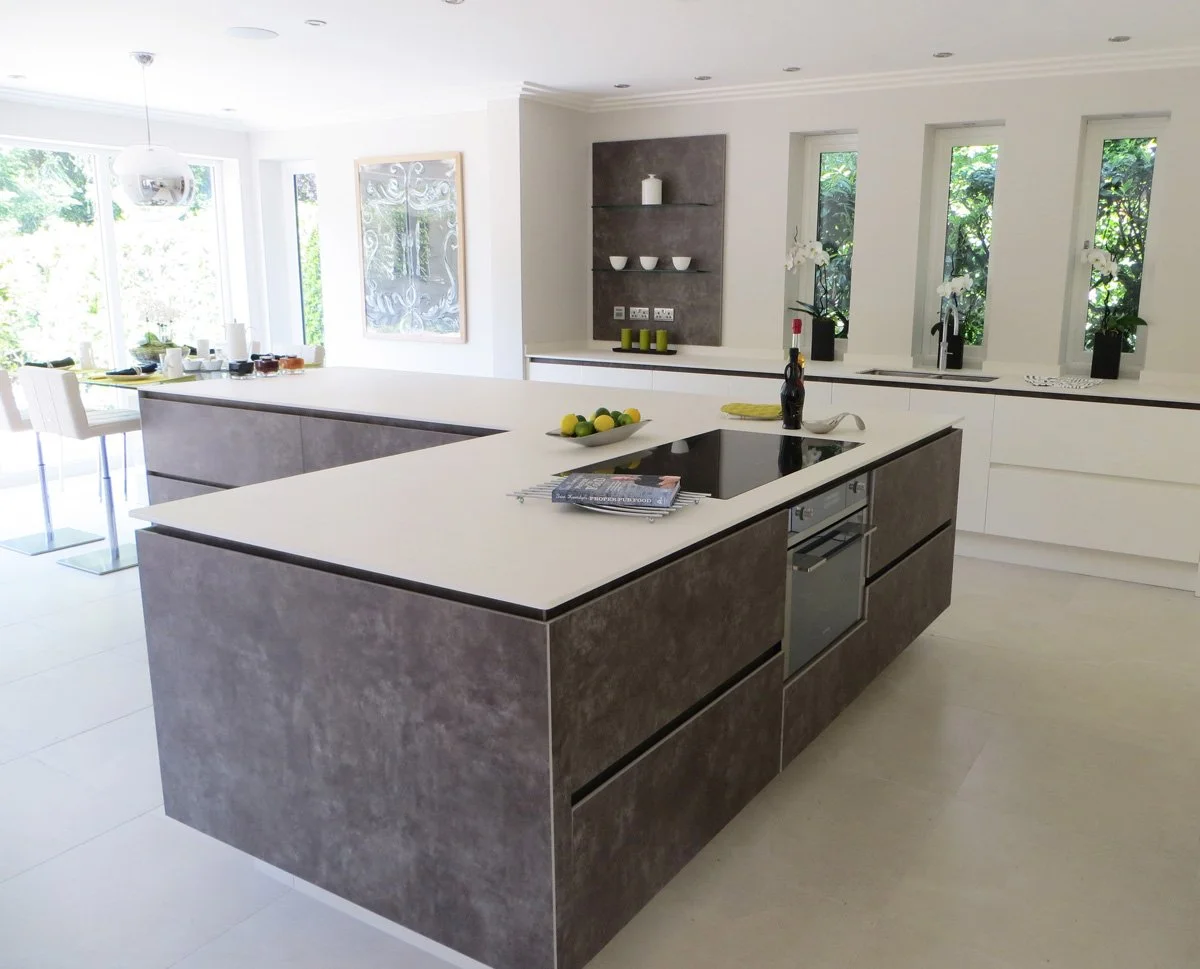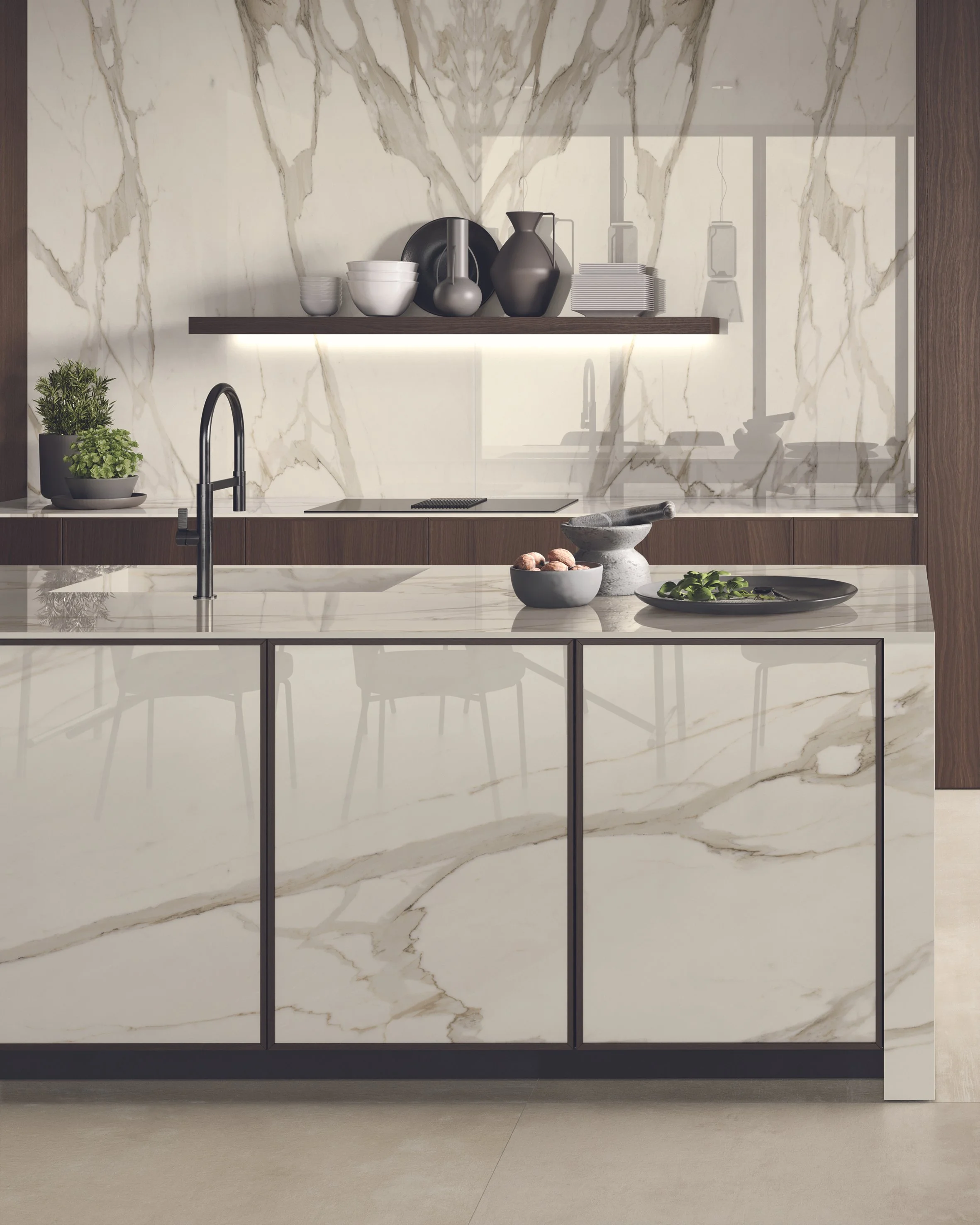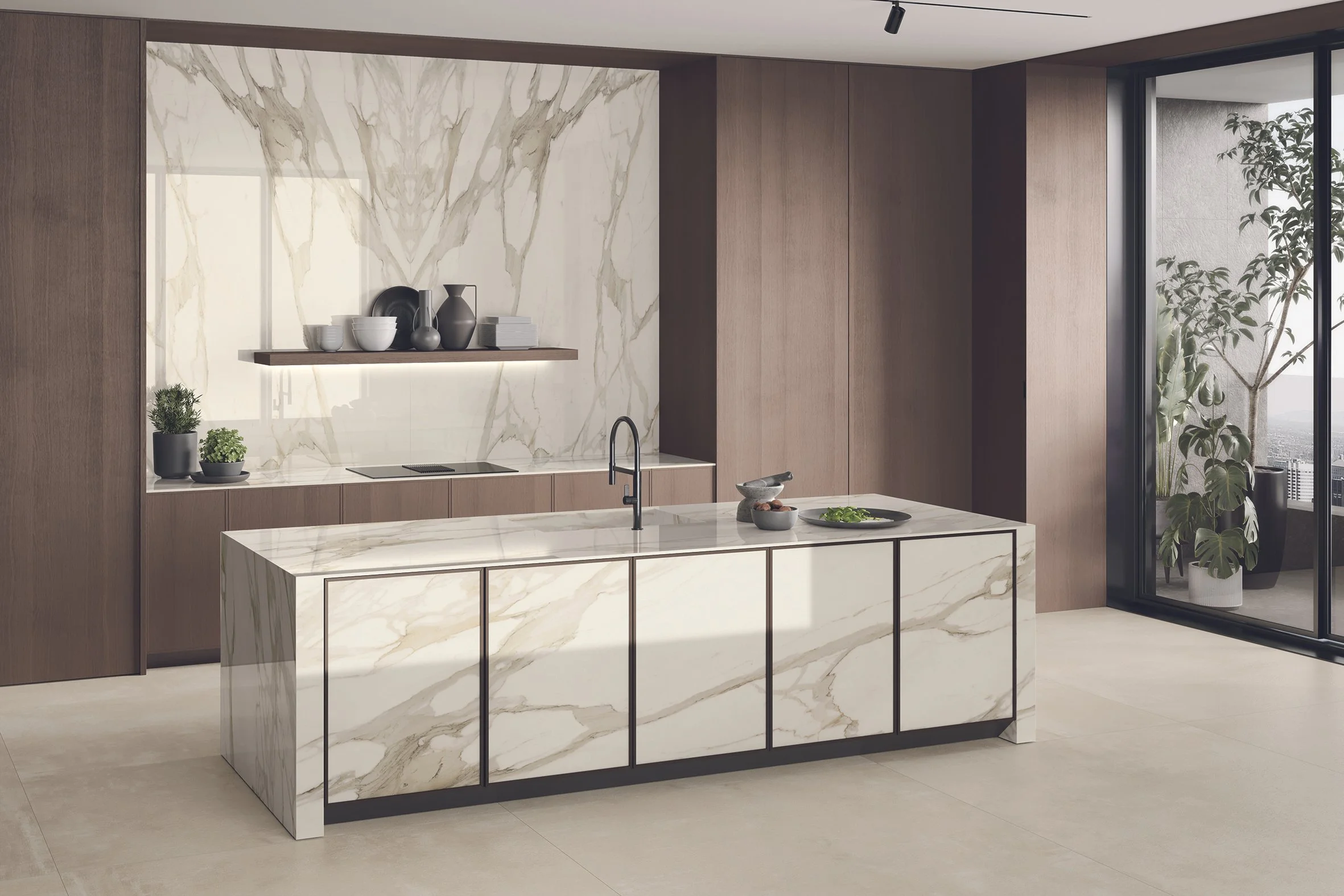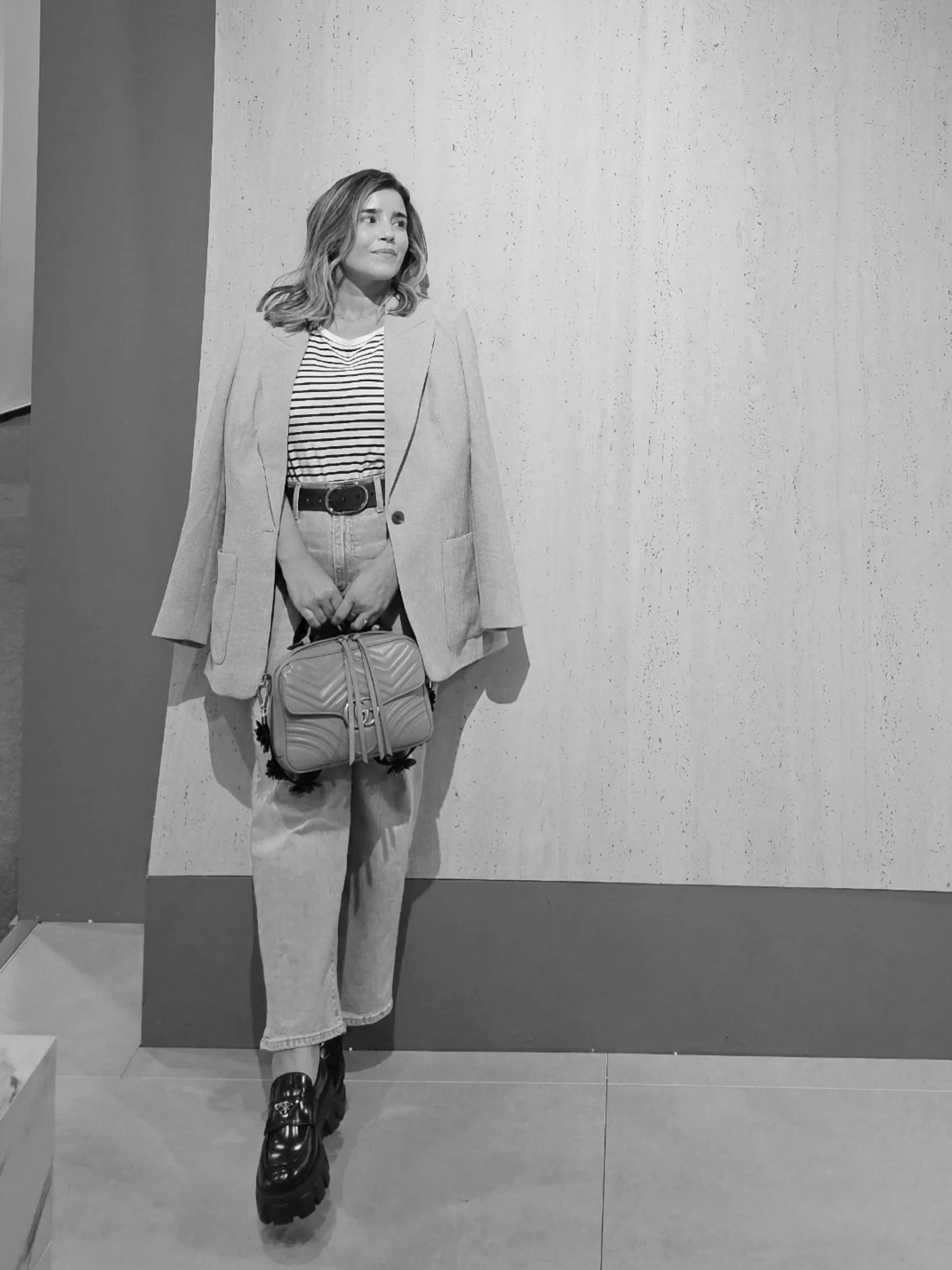
Cabinet Cladding: The European Design Trend
Transforming Kitchens and Furniture
Cabinet cladding is no longer just for high-end showrooms in Milan and Paris — it’s becoming one of the most talked-about design upgrades in North America. Originating in Europe, this technique involves wrapping cabinet doors, drawer fronts, and panels in large-format stone or stone-like surfaces.
The result? A sleek, unified look that blends furniture and architecture into one cohesive design.
Whether you choose porcelain slabs, sintered stone, or Dekton, cabinet cladding delivers the perfect combination of beauty, durability, and custom design freedom.
Why Cabinet Cladding Started in Europe
Europe’s leading kitchen manufacturers pioneered cabinet cladding for three main reasons:
-
Designers wanted cabinets to seamlessly match countertops, backsplashes, and walls for a true monolithic look.
-
Stone-faced cabinets resist scratches, stains, and wear from daily use.
-
The clean, uninterrupted surfaces fit perfectly with modern European design philosophy.














Material Options for Cabinet Cladding
-
*
Why Lais Luz is Your Authority on Cabinet Cladding
With years of experience in mineral surfaces and a network of premium suppliers, Lais Luz brings European trends to Florida homes with unmatched craftsmanship. From selecting the perfect slab to precision installation, every project is handled with design expertise and technical precision.
FAQs About Cabinet Cladding
-
Modern slabs are engineered to be lightweight enough for cabinetry while maintaining strength.
-
Yes. That’s one of the biggest advantages — creating a seamless surface across all areas.
-
It’s a premium upgrade, but with longevity and style impact that outlasts most traditional cabinet finishes.
-
The ideal thickness for cabinet cladding is typically between 3mm and 12mm. Thinner slabs (3-6mm) are excellent for cabinet doors as they are lightweight, while thicker slabs (6-12mm) can be used for end panels and other high-impact areas to create a more robust, substantial feel.
-
High-performance materials like minersal surfaces such, porcelain stoneware and ultracopact surfaces like dekton are ideal. They offer superior durability, and a sophisticated aesthetic that is perfect for modern kitchens.

